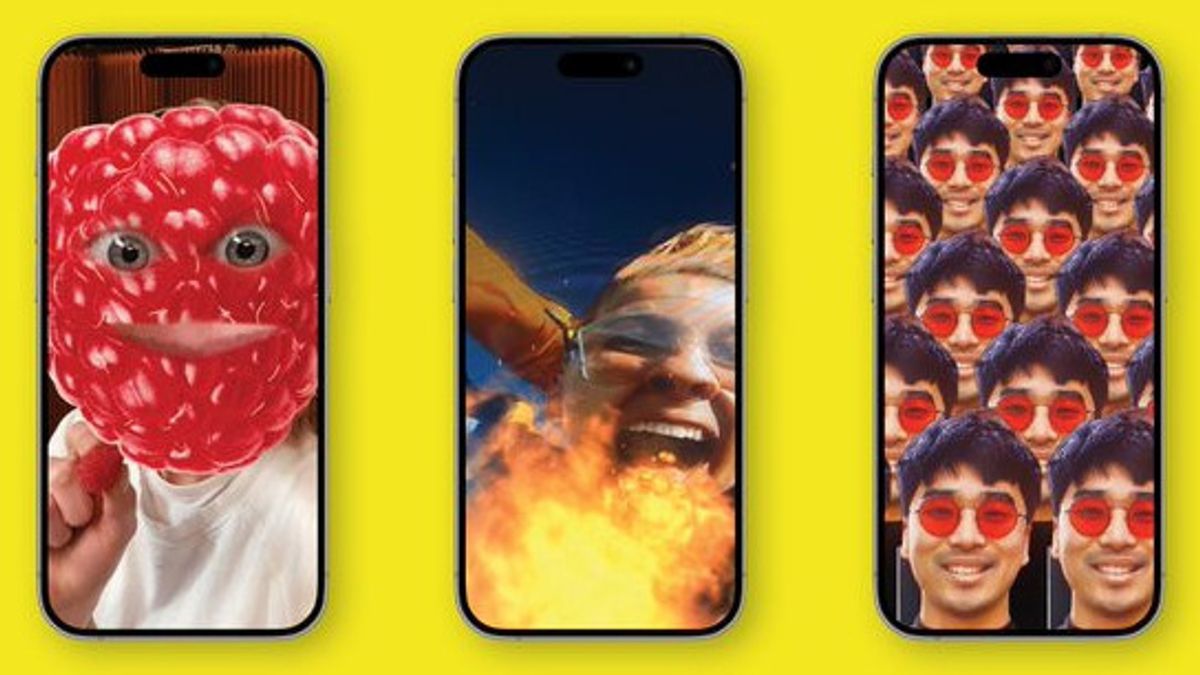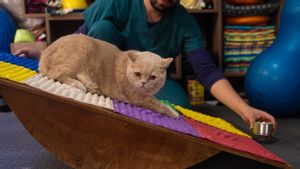JAKARTA - Snap Inc., owner of Snapchat, on Tuesday 18 June unveiled its latest iteration of a generative AI technology that allows users to see more realistic special effects when using cell phone cameras to record themselves, with the aim of staying ahead among other social media competitors.
Snap has been a pioneer in the field of additional reality (AR), which installs computerization effects into real-world photos or videos. Although the company is much smaller than rival platforms like Meta, Snap is betting that creating more advanced and cymsical special effects, called lenses, will attract new users and advertisers to Snapchat.
" AR developers can now create AI-backed lenses, and Snapchat users can use them in their content," the company said.
Snap, based in Santa Monica, California, also announced the latest version of its development program called Lens Studio, which artists and developers can use to create AR features for Snapchat or other websites and apps.
Bobby Murphy, Snap's chief technology officer, said that the upgraded Lens Studio would reduce the time it would take to make AR's effect from week to hour and produce more complex works.
"What's fun for us is that these tools not only expand creative spaces where people can work, but also easy to use, so beginners can build something unique quickly," Murphy said in an interview.
SEE ALSO:
Lens Studio now includes a new suite of generative AI tools, such as AI assistants who can answer questions if a developer needs help. Other tools will allow artists to type prompts and automatically generate three-dimensional images they can use for their AR lenses, eliminating the need to develop 3D models from scratch.
Previous versions of AR technology were only capable of simple effects, such as placing a hat on someone's head in the video. Snap's progress will now allow AR developers to make more realistic lenses, such as making a hat move smoothly along with someone's head and according to the lighting in the video, Murphy said.
Snap also plans to create an entire body AR experience, not just a face, like producing new clothes, which are currently very difficult to create, Murphy added.
The English, Chinese, Japanese, Arabic, and French versions are automatically generated by the AI. So there may still be inaccuracies in translating, please always see Indonesian as our main language. (system supported by DigitalSiber.id)


















